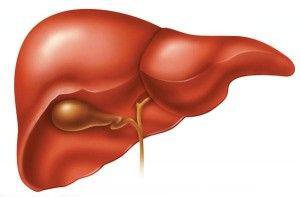LIVER & GALLBLADDER

Metastases or secondary liver lesions may need to be resected in selected cases. Usually, they appear following a colon or rectal cancer.
Indocyanine green (ICG) fluorescence imaging technique allows a safe dissection of the cystic duct whille preserving the common bile duct.
The gallbladder retains bile produced by the liver and voids it through the common bile duct into the small bowel during digestion. Biochemical changes in the gallbladder produces stones of different sizes. Stones larger than 1 cm may provoke acute inflammation of the gallbladder known as acute cholecystitis. Emergency surgical removal of the gallbladder is then advised. Stones smaller than 1 cm in size may induce an inflammation the pancreas (biliary pancreatitis). Surgical removal of the gallbladder is also advised. Laparo-endoscopic single site surgery (LESS surgery) is feasible, but conventional 3-trocar laparoscopic surgery still remains the gold standard technique.
Robotic resection of "dôme saillant"
Indocyanine green fluorescence during laparoscopic cholecystectomy
Laparoscopic single trocar gallbadder removal
12, Chemin de Beau Solleil, 1206 Geneva- Switzerland – Ph. +41 22 786 32 92
